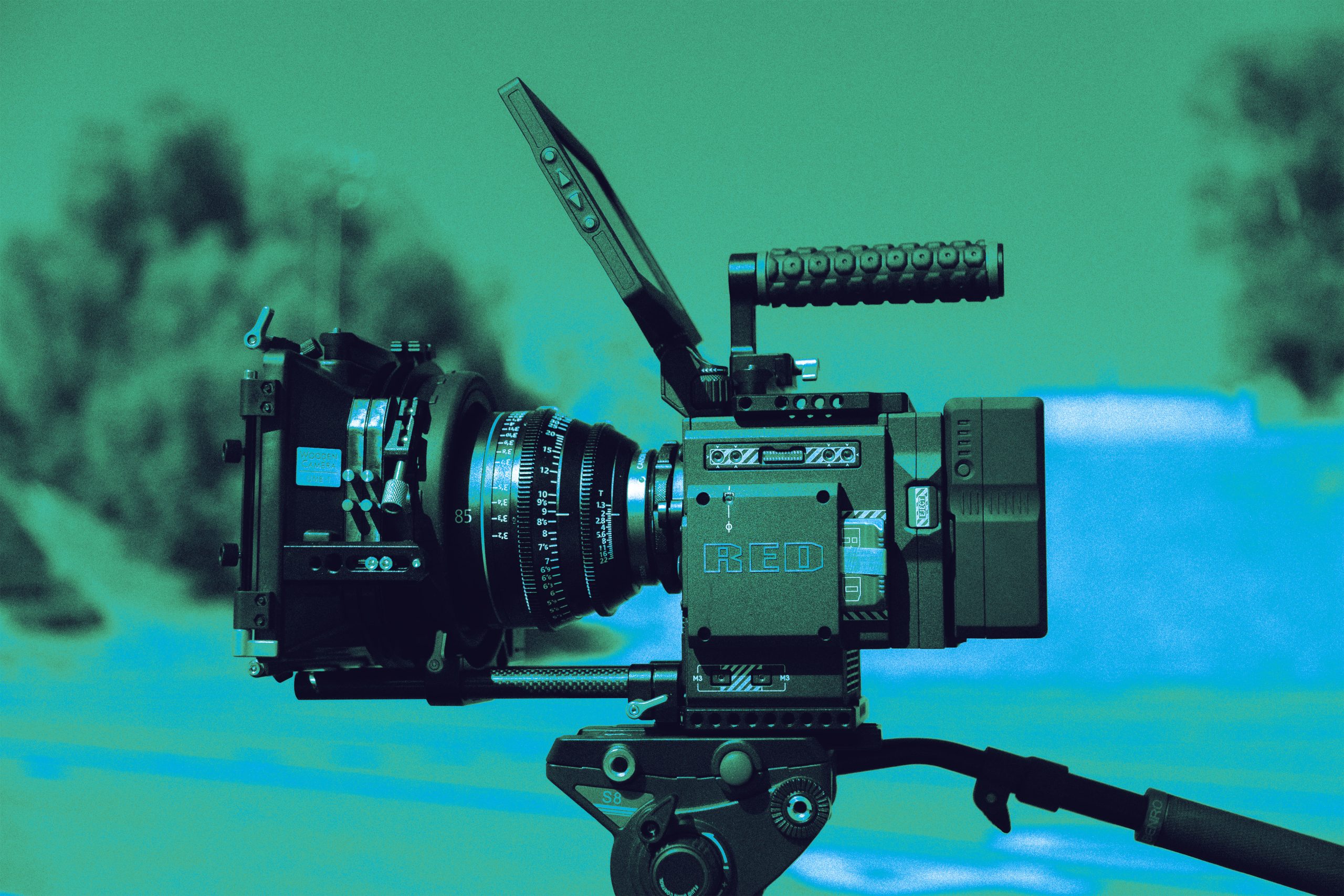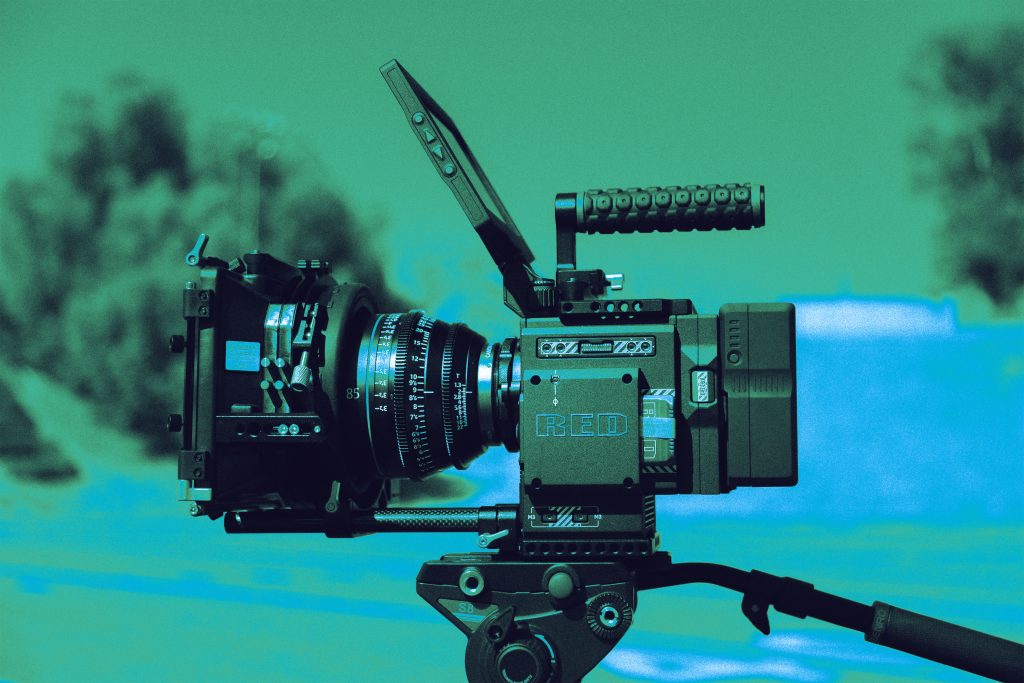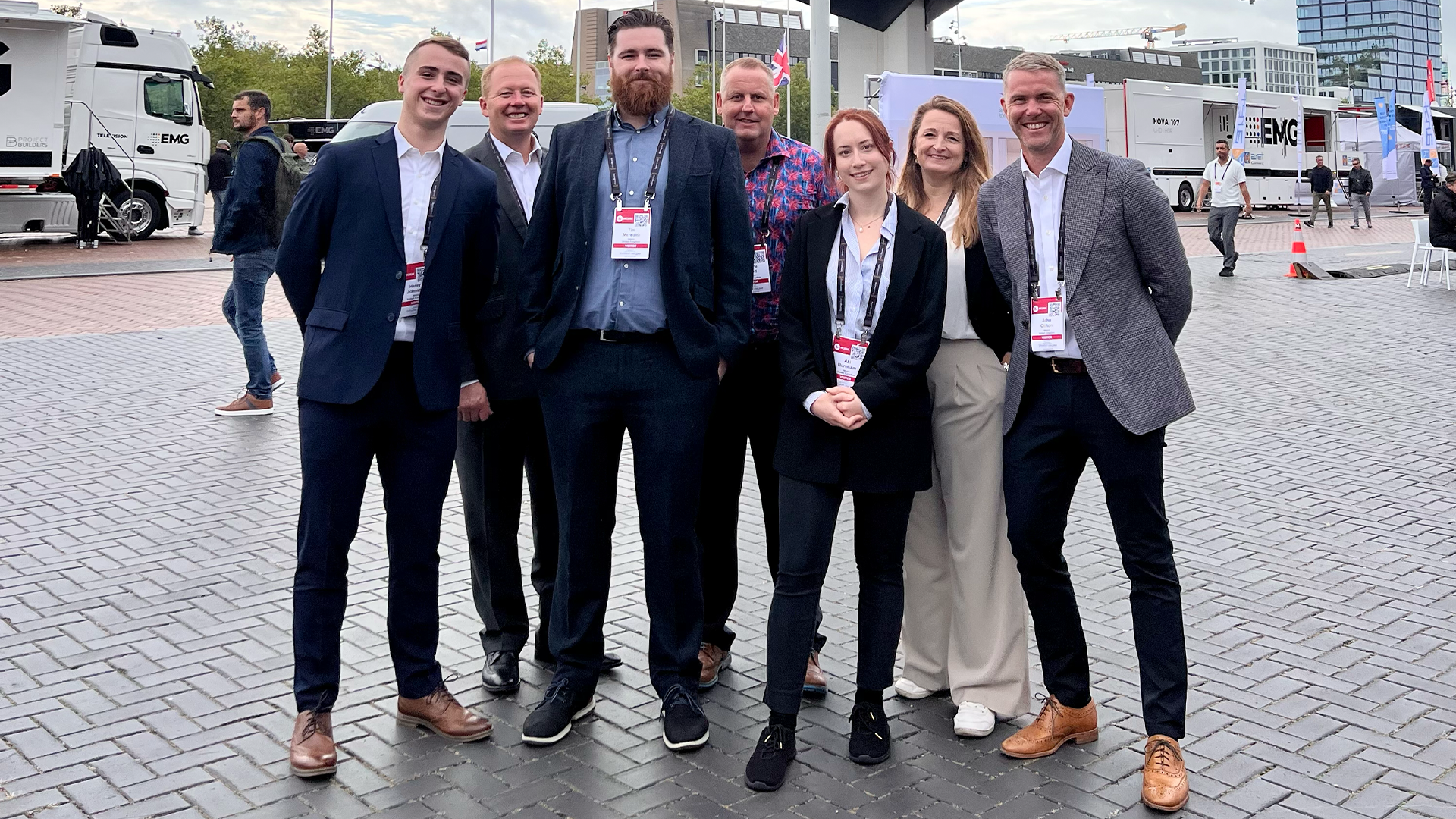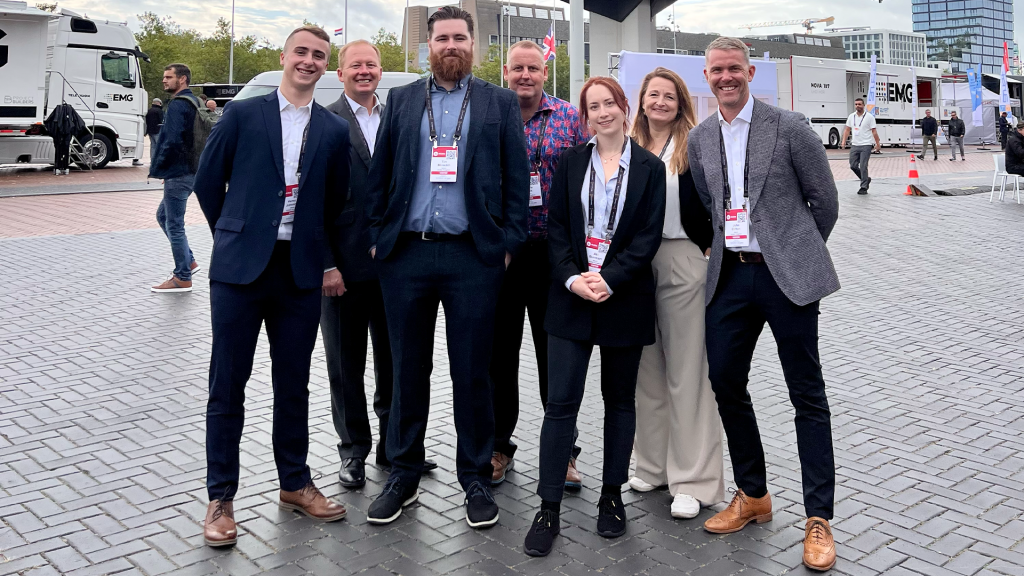Diversity, equity and inclusion are important aspects of people functions within the content and media industry. Even over the last 5 years, there have been significant changes in the sector. On Episode 38 of The Content & Media Matters Podcast, we spoke with Krystal Brendel, the Vice President of People at Quickplay, about how companies can recruit and retain more diverse teams. Read on for her insights.
“A really big thing, especially in video tech, is that when you think about labour, you think of it as one big thing. But, within labour, there are lots of different things to consider. People don’t have the right experience. Let’s say I’m looking for someone with 10 years of OTT experience. Quickplay is a remote company where people still have to report to the office sometimes, so we’re not fully remote. That means that the people we can work with are an even smaller group. There isn’t always a lot of diversity within that group.
My inclination is to look at how we can change the front end in the long term, because I might not be able to find all of these wonderful, diverse people who can contribute to the next iteration of our platform, with 10 to 15 years of OTT experience, who are open to our working model. I can’t create them from nothing. I’m not a magician. What I can do is think about how I can connect with people who are starting on the right path to be employed by us one day.
How can I create paths into the front end in tech? I make sure that I’m partnering with organizations or communities that maybe aren’t aware of the video tech space. We partner with an organization in Toronto called the ONYX INITIATIVE, and their sole purpose is to partner with college graduates from the black community in Canada and connect them with companies that are looking for talent. They help these graduates create spaces outside of just looking for a job. All the ONYX scholars go through an introductory process that gives them soft-skill training and professional communication experience.
They also have mentorship programs, internship partnerships and career fairs that we have participated in. That builds brand recognition with these graduates. Every summer, we hire a few ONYX interns, bring them in and get them to participate in technical and non-technical teams. It’s not as easy as saying we’re going to hire diverse candidates and check this box, because you also want to hear the person who is going to do the job the best. We’re planting seeds and investing in the future of the industry.”
To hear more from Krystal, tune into Episode 38 of The Content & Media Matters Podcast here.
We sit down regularly with some of the biggest names in our industry, we dedicate our podcast to the stories of leaders in the technologies industries that bring us closer together. Follow the link here to see some of our latest episodes and don’t forget to subscribe.










